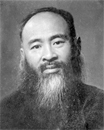Part I: The Evolution and Transmission of Tradition
| Modern Chinese painting has developed through the transmission of an enormous tradition. Traditional painting, as represented by literati painting, existed as a major subject for modern painters to overcome, while simultaneously being a constant source of creation for these painters. For example, Wu Changshuo and the Shanghai School developed a vigorous painting style that incorporated elements of epigraphs. On the other hand, Pan Tianshou rediscovered and studied idiosyncratic painters such as Bada Shanren and Shi Tao, who were active from the end of the Ming to the beginning of the Qing dynasty in about the 17th to 18th century. This part introduces how modern Chinese painters created their art through studying traditional painting styles. |
* To view larger images, click the imeges or title of works.
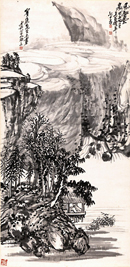 |
 Wu Changshuo |
|||
| Mountains and Spring in Wind Surrounded by Clouds By Wu Changshuo, 1918, National Art Museum of China |
||||
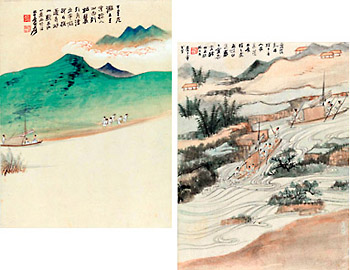 |
Album of Landscape Paintings By Zhang Daqian, 1941, National Art Museum of China
|
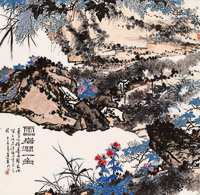 |
 Pan Tianshou |
|
A Corner in the Lingyan Gully |
||
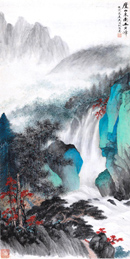 |
 Wu Hufan |
|||
| The Five Old Peaks at the Southeast of Mount Lushan By Wu Hufan, 1958, National Art Museum of China |
||||
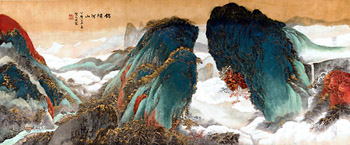 |
 He Tianjian |
|||
| Colors Land of Charm and Beauty By He Tianjian, 1952, National Art Museum of China |
|
Part I: The Evolution and Transmission of Tradition |
|

